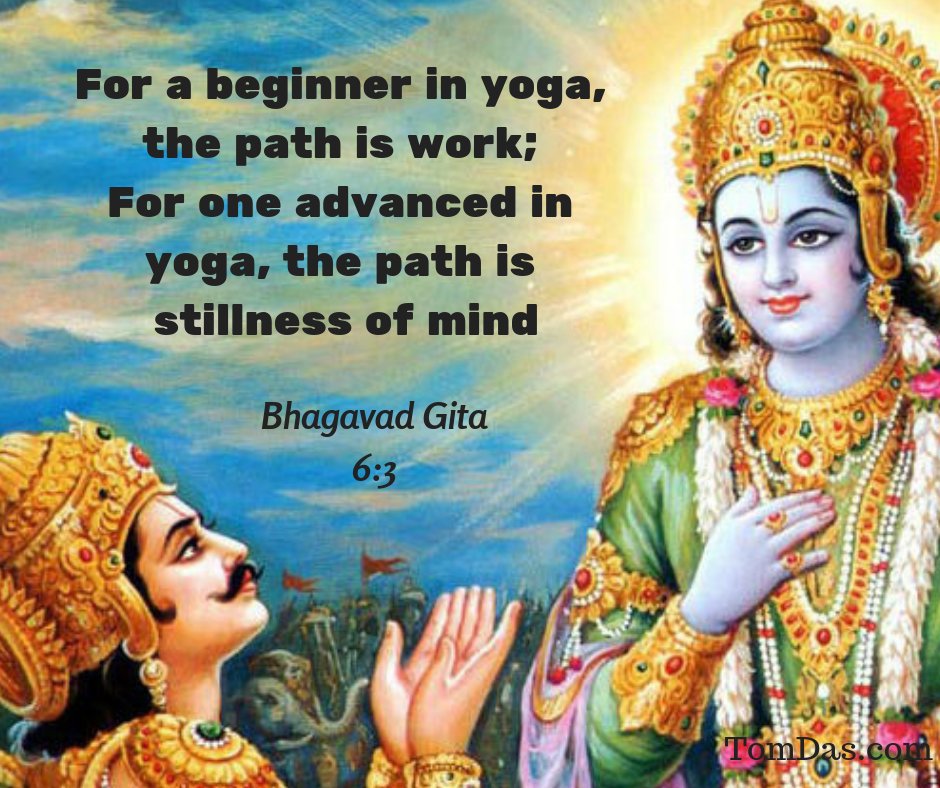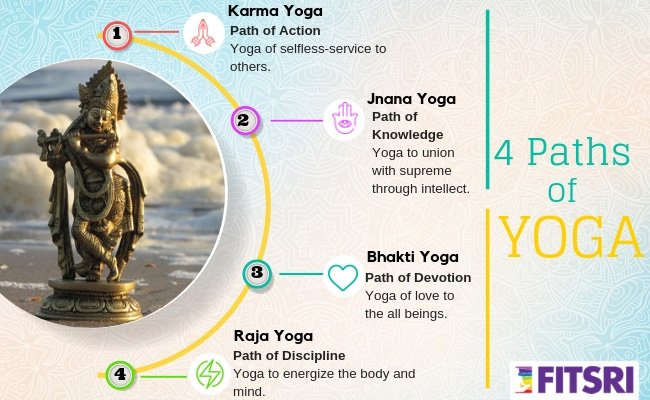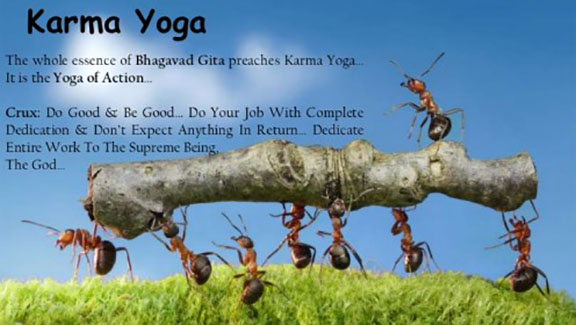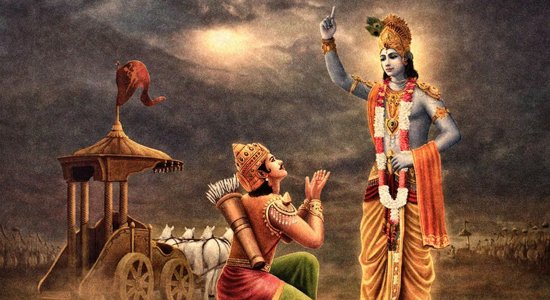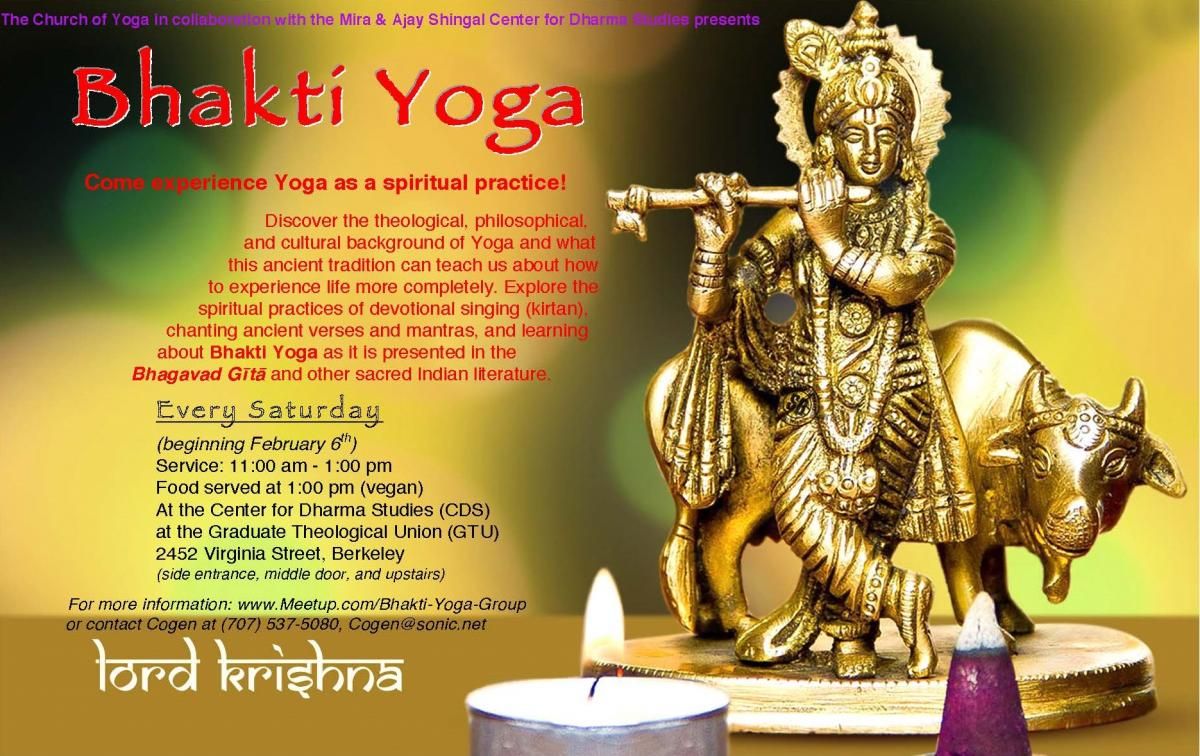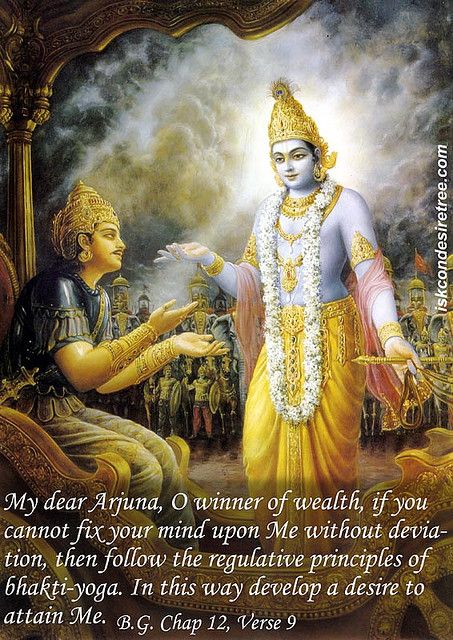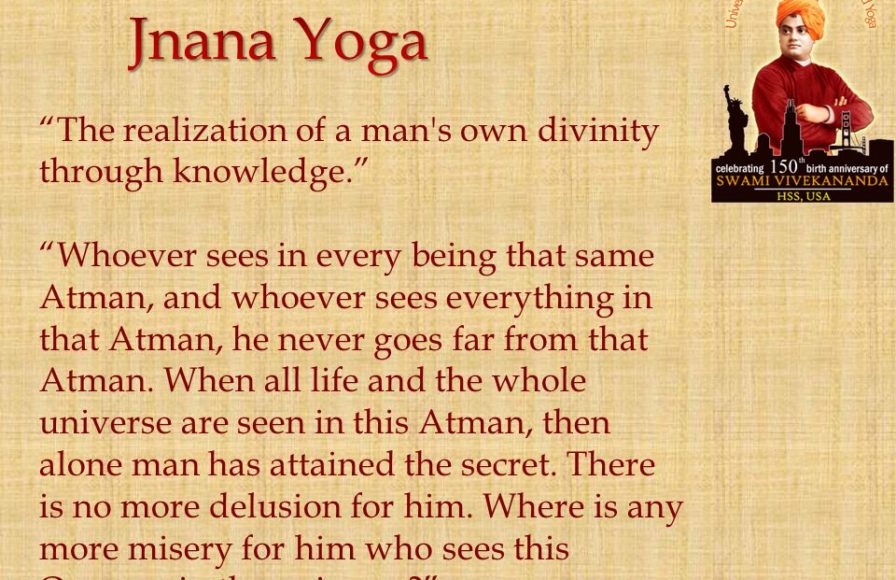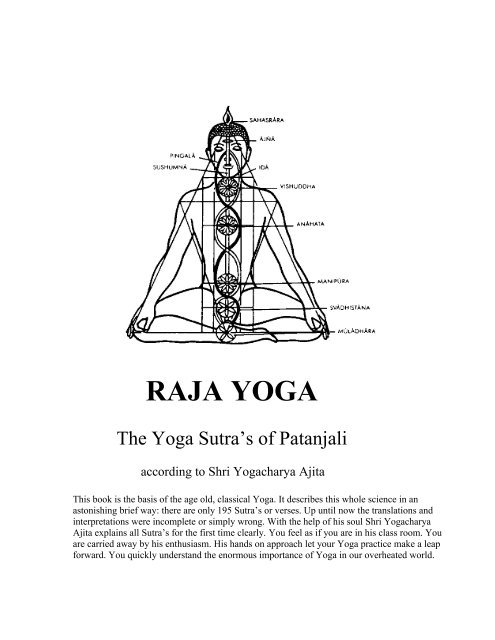“ What is called renunciation is the same as yoga, or linking oneself with the supreme, for no one can become a yogi unless he renounces the desire for sense gratification.”(Shrimad Bhagwat Geeta)
#InternationalYogaDay
#InternationalYogaDay

The word Yoga means“to join”.
To join the one's aatma to Paramatama
There are three main types of yoga for liberation-
1. Karma yoga- yoga of action
2. Bhakti yoga- yoga of devotion
3. Jnana yoga- path of knowledge
4. Raja yoga- control on mind
To join the one's aatma to Paramatama
There are three main types of yoga for liberation-
1. Karma yoga- yoga of action
2. Bhakti yoga- yoga of devotion
3. Jnana yoga- path of knowledge
4. Raja yoga- control on mind
Karma yoga- karma yoga means to work in krishna consciousness, in the full bliss and knowledge of devotional service. One who works for the satisfaction of lord finds himself always in the transcidental bliss. Karma yoga is also known as buddhi yoga.
...In this yoga there is no expectation of the fruitive result. When one is awake in krishna consciousness he need not endeavour for the good results.
“In this world , O Arjuna, a twofold path of spiritual discipline has been stated by Me in the past- the path of self knowledge (jnana yoga) for the contemplative and the path of unselfish work (karma yoga) for the active.”(-Shrimad Bhagwat Geeta)
Bhakti yoga- The bhakti yogi works for the satisfaction of the whole without self interest. He does not desire self satisfaction. A pure devotee does not even want salvation. Chaitanya Mahaprabhu was prepared to endure material miseries in one body after another.
He wanted to engage in God's service and nothing more, for that is real perfection of yoga.
The material body is spiritualised by this bhakti yoga process. If you place an iron within fire the iron becomes so hot that it also becomes fiery.
The material body is spiritualised by this bhakti yoga process. If you place an iron within fire the iron becomes so hot that it also becomes fiery.
When the iron is red hot it acquires all the qualities of fire. If you touch something with that iron,the iron will act as fire. As soon as your body is spiritualised,material activity ceases e.g prasada -when ordinary food is offered to krishna, it becomes spiritualised.
Krishna says
“My dear Arjuna, O winner of wealth, if you cannot fix your mind upon me without deviation, then follow the regulated principles of bhakti yoga. In this way, you will develop a desire to attain me.”
“My dear Arjuna, O winner of wealth, if you cannot fix your mind upon me without deviation, then follow the regulated principles of bhakti yoga. In this way, you will develop a desire to attain me.”
Jnana yoga- the mind is used to inquire into its own nature & to transcend the mind's identification with its thoughts and ego. The fundamental goal of jnana yoga is to become liberated from the illusionary world of Maya& to achieve union of the inner self(atma) with Brahma.

 Read on Twitter
Read on Twitter